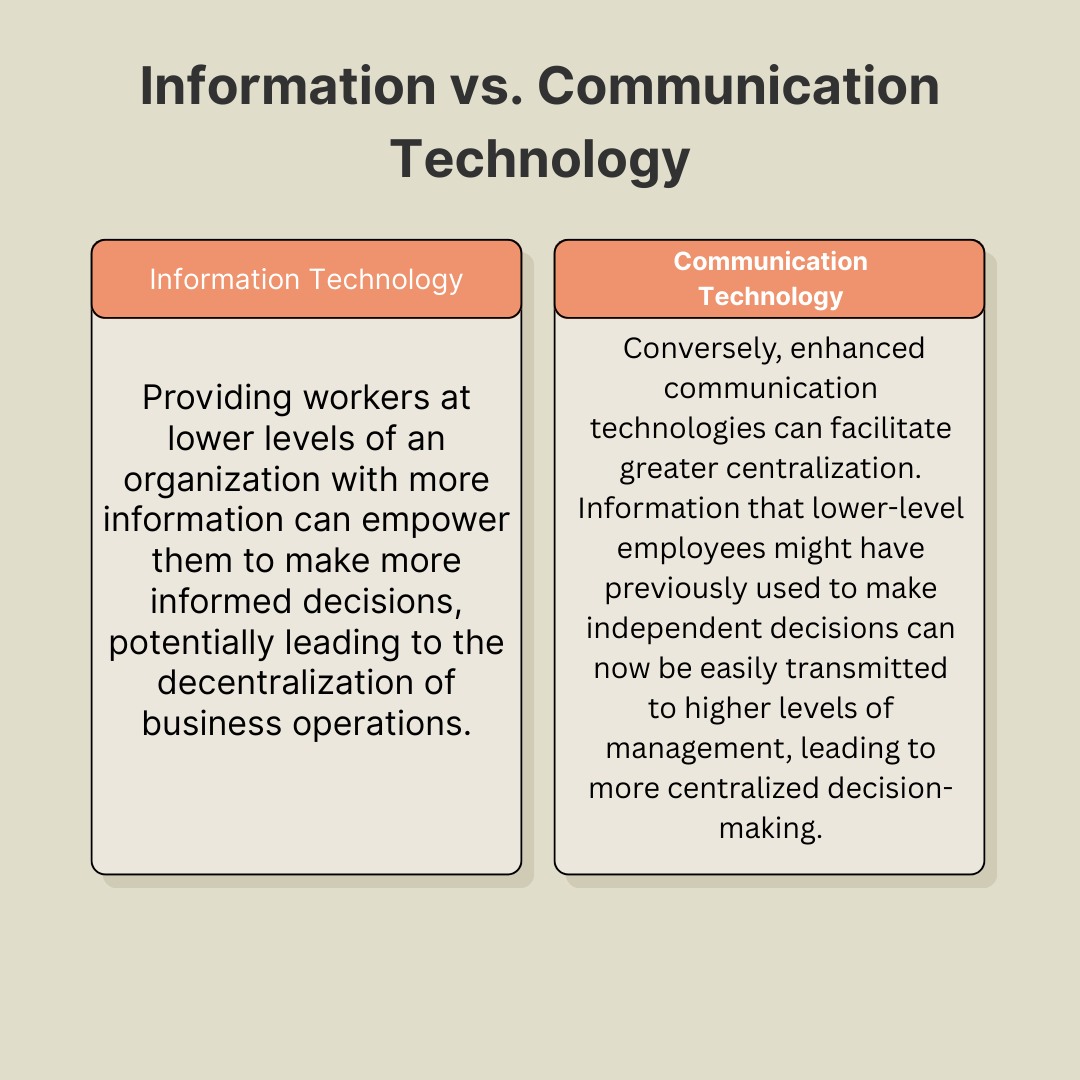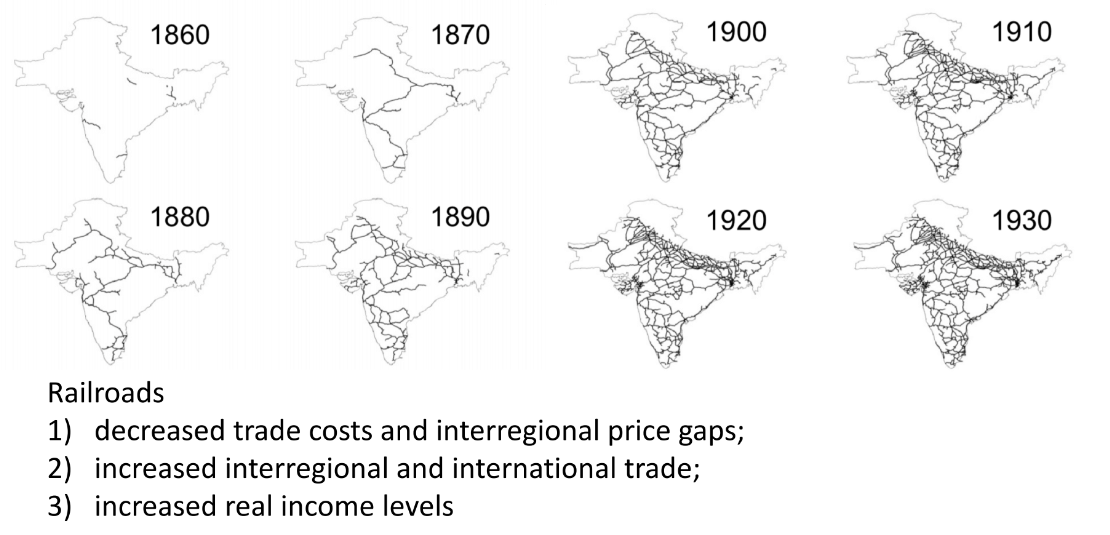Technology
The Dual Edge of Information and Communication Technology in Market Development
As previously discussed, innovations like the printing press have historically played a transformative role in business practices and market creation. Consequently, one might expect Information and Communication Technology (ICT) to have a similarly straightforward positive impact on market development. However, the relationship between ICT and market evolution is more nuanced and not always linear.
ICT as a Market Maker
In many instances, the advancement of ICT indeed facilitates the creation of new markets. The increased availability of information lowers search costs for potential交易 partners who might otherwise struggle to connect. This ease of finding and interacting with one another enables transactions to occur more freely, fostering the development of markets where none existed before.
ICT as a Force for Centralization
Paradoxically, the development of ICT can also lead to increased centralization and the growth of more hierarchical businesses, rather than fostering decentralization and market orientation. The meatpacking industry's transformation with the introduction of the telegraph provides a compelling example.
Meatpacking is a complex industry requiring refrigeration, specialized machinery, and various inputs, necessitating the aggregation of diverse resources. While ICT can enable disparate players to connect and trade in a market, the same technology can also empower existing businesses to centralize their operations and achieve greater efficiency by coordinating these complex processes more effectively. The telegraph, in this case, facilitated the centralization of the meatpacking industry while simultaneously contributing to the decentralization and growth of commodity markets.
The Divergent Impacts of Information vs. Communication Technology
Further research suggests that the impact of information technology and communication technology, while often grouped together, can be distinct:

The Role of Transportation in Market Integration and Economic Development
We've rightly highlighted the crucial role of transportation infrastructure in fostering market integration and driving economic development. Our points, supported by historical examples, effectively illustrate this relationship. Let's break down the key aspects:
Transportation as a Catalyst for Market Integration
The fundamental idea you've presented is that improvements in transportation act as a powerful force in connecting previously disparate economies. Here's a more detailed explanation:
- Breaking Down Barriers of Isolation: Historically, geographical barriers and the lack of efficient transportation methods led to the fragmentation of markets. Regions operated with their own localized supply and demand dynamics, resulting in distinct price levels and economic rules.
- Connecting Supply and Demand: The development of transportation networks – be it railways, roadways, waterways, or airways – physically links these isolated markets. This connectivity allows for the movement of goods, services, and people between regions.
- Enabling Trade and Exchange: Once connected, these regions can engage in trade. Areas with a surplus of a particular good can now access markets with higher demand, and vice versa. This exchange leads to a more efficient allocation of resources.
- Price Convergence as a Sign of Integration: Your reference to the Indian railway network and the convergence of grain prices is a compelling example. When transportation costs decrease and access to markets improves, price differences across regions tend to diminish. This price uniformity is a strong indicator of market integration. It signifies that arbitrage opportunities (buying low in one market and selling high in another) are being exploited, leading to a single, more unified market price.
Broader Economic Impacts Beyond Price Convergence
The impact of transportation development extends beyond just price equalization:
- Increased Market Access and Land Value: The example of railway development in the United States leading to increased land value is significant. Improved transportation enhances the accessibility of land to markets. Land that was previously remote and had limited economic potential suddenly becomes viable for various activities, such as agriculture, manufacturing, or residential development. This increased accessibility drives up its value.
- Facilitating Specialization and Efficiency: Market integration fostered by transportation allows regions to specialize in the production of goods and services where they have a comparative advantage. This specialization leads to increased efficiency, higher productivity, and overall economic growth.
- Supporting Diverse Economic Activities: With better transportation links, businesses can access wider pools of labor, raw materials, and consumers. This facilitates the growth of diverse industries and strengthens the overall economy.
-
Complementary Factors for Development: As you rightly pointed out, transportation infrastructure is not the sole determinant of economic development. It works in conjunction with other crucial factors such as:
- Strong Institutions: Clear property rights, contract enforcement, and a stable legal framework are essential for trade and investment to flourish.
- Cultural Norms and Values: Trust, cooperation, and a willingness to engage in market activities play a significant role.
- Information and Communication Technology (ICT): Modern ICT complements transportation by facilitating information flow, reducing transaction costs, and enabling better coordination across geographically dispersed markets.
Conclusion: An Indispensable Component of Economic Progress
In conclusion, the development of a robust transportation sector is indeed a vital ingredient for market integration and broader economic development. By breaking down geographical barriers, connecting markets, and enabling trade, transportation infrastructure lays the foundation for price convergence, increased land values, specialization, and overall economic prosperity. However, it's crucial to recognize that transportation works in tandem with other institutional, cultural, and technological factors to unlock the full potential of a connected marketplace. Without adequate transportation networks, the potential for market development and economic growth remains significantly constrained, as regions remain isolated and unable to fully participate in the benefits of trade and exchange.


No Comments